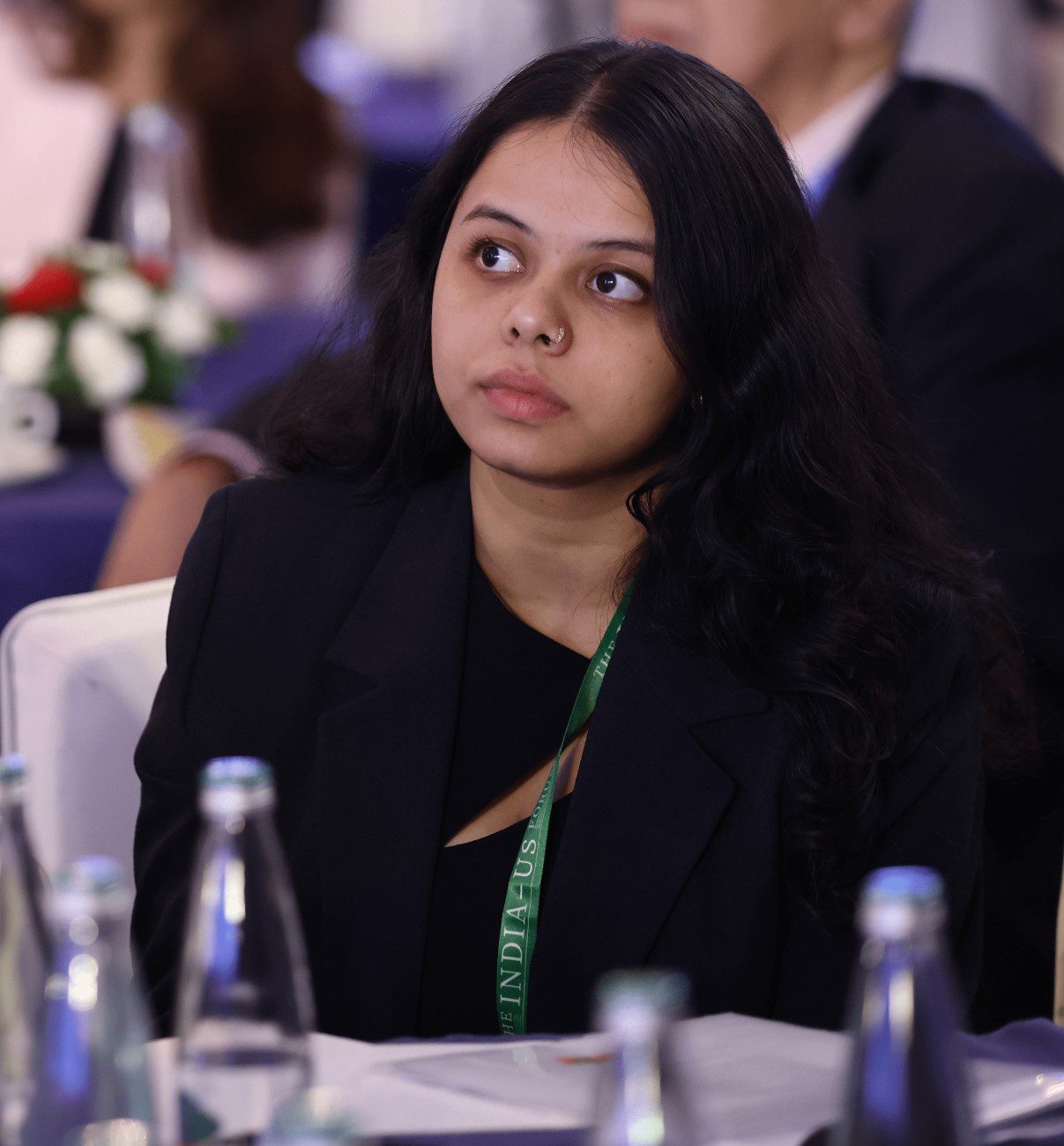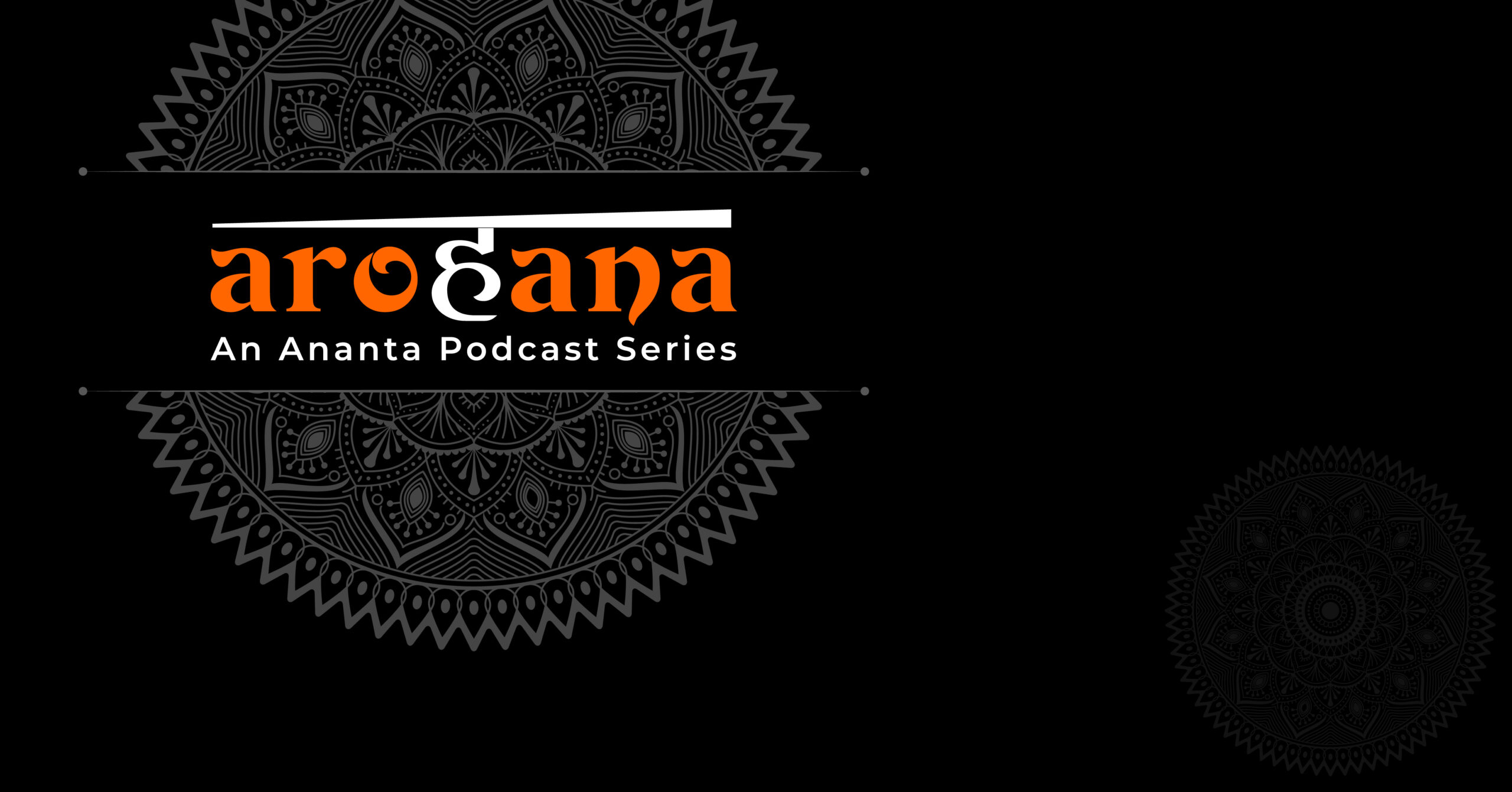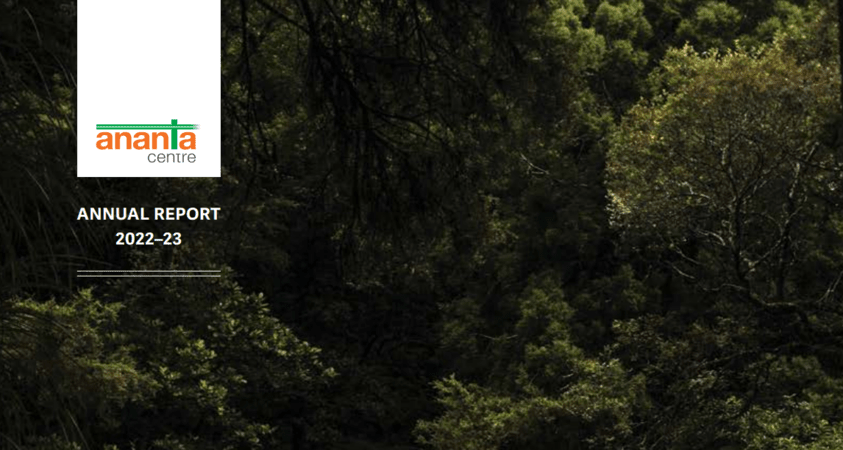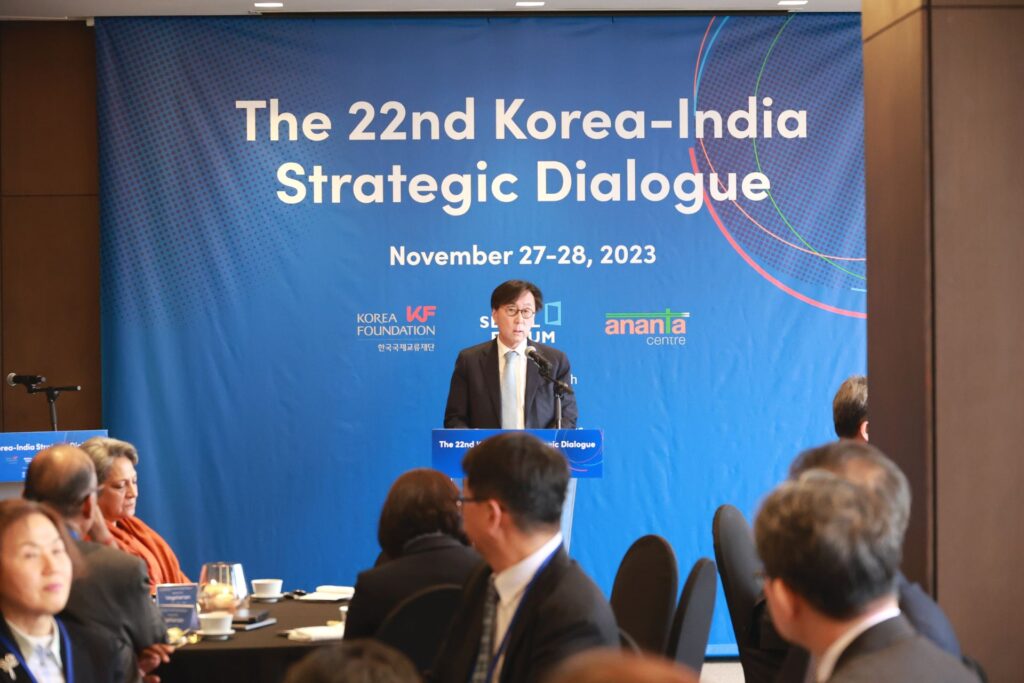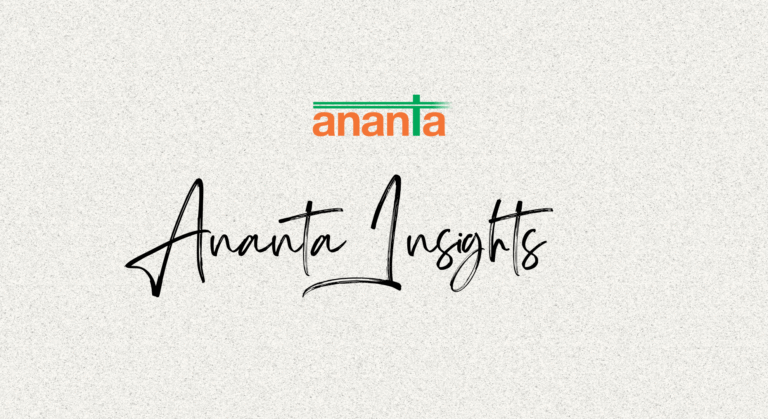Modernising Ports and Logistical Operations
In early 2025, the Port of Los Angeles launched its fully integrated “Digital Twin Operations Hub,” it marked more than just an upgrade in infrastructure, it signaled a global transformation in how ports and their administrators adapt, manage, operate, and compete. Across the Indo-Pacific, India’s Jawaharlal Nehru Port, Singapore’s Tuas Mega Port, and Australia’s Darwin Port are all undergoing similar transformations, electrifying cranes, installing smart grids, and building capacity for green fuels like hydrogen and ammonia.
As supply chains strain under climate disruptions, energy volatility, and geopolitical uncertainty, future-ready ports are emerging not just as gateways for trade but as critical engines of resilience, sustainability, and regional integration for the 21st-century maritime economy.
Logistics Optimisation
1. Digitalisation of Port Ecosystems
Port logistics are entering an era defined by cyber-physical systems where Artificial Intelligence, IoT, and blockchain seamlessly connect cargo, vessel, and terminal operations. This digitalisation fosters full supply-chain visibility and promotes real-time decision-making to manage fluctuating global trade demands. Dr Erik Brynjolfsson, Director of the Stanford Digital Economy Lab highlights in a policy brief how AI (Artificial Intelligence) and IoT (Internet of Things) integration have demonstrated consistent efficiency improvements of over 25% in major port operations through accurate cargo tracking, intelligent berth allocation and predictive analytics for crane and vehicle maintenance.
According to the brief, IoT-enabled smart infrastructure transforms ports into connected digital ecosystems. Sensors installed across terminals monitor variables like equipment vibration, container temperature, and queuing times. These data streams feed AI systems that adjust traffic sequencing, forecast delays, and optimize dock use. Digital twin models that simulated replicas of port assets can enable scenario analysis for resource deployment, reducing mechanical failure rates and minimizing downtime.
Blockchain technology ensures transparency and security in documentation and cargo movement. A joint study by National Institute of Standards and Technology (NIST) and the International Maritime Organization (IMO) emphasizes that distributed ledgers reduce customs clearance times by 40% while substantially cutting corrupted or duplicate transactions.
2. Multimodal Connectivity for Resilient Trade Flows
The future of logistics depends on seamless multimodal integration across maritime, rail, air, and inland waterways. According to a study by the US Department of Energy’s National Renewable Energy Laboratory (NREL’s) Ports Modernization Study concluded that harmonized digital scheduling between port terminals and hinterland transport reduced truck idle time by up to 37%, translating to significant carbon savings and cost reductions.
Integrating AI dispatch systems with electronic freight matching platforms allows cargo transfers to be tracked end-to-end with near-zero data latency. The QUAD network covers extensive maritime and continental corridors, interoperability and shared digital standards among ports in India, Japan, Australia, and the U.S. will be critical to achieving frictionless cargo mobility and regional supply chain resilience.
Domestic network infrastructure of QUAD countries span major maritime and continental corridors, making interoperability and common digital standards among ports in India, Japan, Australia, and the United States essential for enabling seamless cargo movement and strengthening regional supply chain resilience.
Building performance and efficiency frameworks within the QUAD is essential to ensure the alliance’s strategic initiatives translate into measurable outcomes. These frameworks need to be adapted to address the evolving challenges in the Indo-Pacific, including supply chain resilience, infrastructure modernization, and technology adoption.
Performance and Efficiency Frameworks
Such frameworks are to be designed primarily for individual QUAD members to optimize their national systems. But critically, also to enable the alliance to work in partnership through coordinated standards and shared objectives. A dual approach of strengthening domestic capabilities while fostering collaborative interoperability ensures that QUAD members can act both independently and collectively to maximize regional stability and economic growth.
1. Advanced Audit Systems and Global Benchmarks
Ports need to adopt data-driven audit frameworks that embed international best practices, such as IMO’s Ship Energy Efficiency Management Plan (SEEMP) and ISO 50001 energy management standards into daily operations. Automated audit modules running on port management systems can ensure real-time validation of vessel energy consumption, crane utilization, and operational emissions. Digital benchmarking tools process performance indicators such as turnaround time, vessel dwelling, fuel coefficients in order to identify efficiency gaps and trigger response protocols.
2. Energy Optimization and Lifecycle Efficiency
Machine learning-driven control systems manage the energy consumed by cranes, conveyors, and other equipment under dynamic demand conditions. Ports applying lifecycle-based energy audits extend asset longevity and optimize maintenance intervals. Predictive maintenance systems reduce mechanical breakdowns by up to 45%, while AI-enabled workflow scheduling cuts fuel use by nearly 20%.
Under a QUAD collaboration umbrella, adopting unified performance frameworks with real-time cross-validation of emissions and fuel-use metrics could provide the foundation for a shared Indo-Pacific operational benchmarking system.
Integrated Power Systems
1. Renewable Integration and Energy Resilience
The US Department of Energy’s Pacific Northwest National Laboratory’s (PNNL) Integrated Renewable Energy System (IRES) platform demonstrates how wave and tidal inputs can supplement renewable generation to power shoreline facilities. The model integrates flexible storage solutions including battery banks and hydrogen converters to provide 24/7 power to docks, electrified cranes, and refrigerated warehouses.
AI-based energy flow control, embedded within smart grids, ensures dynamic load balancing between local generation and national grids. This capability not only enhances resilience under variable weather or demand conditions but also allows surplus electricity to be sold back into regional grids, establishing new revenue streams.
Fuel and Power Infrastructure
1. Expanding the Alternative Fuel Horizon
The transition to zero-emission shipping demands ports capable of supporting multiple low-carbon fuel types. NREL’s Hydrogen Infrastructure Analysis for Port Applications identifies hydrogen, ammonia, and methanol as the most scalable next-generation fuels, with LNG serving as a bridge technology for near-term decarbonisation.
Each fuel presents distinct infrastructure needs:
- Bunker Storage for LNG requires insulated cryogenic pipelines and vapour recovery systems to limit methane release.
- Hydrogen infrastructure involves modular electrolyzers, pressurised liquid storage, and fuel cell charging for yard equipment.
- Ammonia and methanol systems demand corrosion-resistant tanks and new safety training protocols to address toxicity and flashpoint risks.
Conclusion
For the QUAD partnership, harmonising standards for AI-enabled logistics, circular materials management, integrated renewable energy systems, and multi-fuel bunkering infrastructure will be critical to building a connected maritime future. These initiatives collectively define the blueprint for Ports of the Future—hubs that marry modernity with sustainability, powering global trade while advancing environmental and energy security goals.



